► Our new 2024 Lotus Emeya review
► A Lotus saloon, but not as you know it…
► Fully electric limo with mind-warp speed
Meet the Lotus Emeya, the brand’s second ‘lifestyle’ car. Like the related Eletre SUV, it’s an all-electric four-wheel drive effort that’s luxury first and sport a somewhat distant second. Two power outputs are offered; the regular Emeya and Emeya S share a figure slightly north of 600bhp, with the R upping this to a whiff over 900bhp.
Once again, simplify and add lightness aren’t things you can really do with 2.5 tonnes of luxury automobile. That means all versions of the Emeya get air suspension and adaptive dampers, with even cleverer chassis tech optional on all but the R, which gets it all as standard.
Rivals? The Emeya is over 5.1 metres long, so it’s bigger than the BMW i5 and Mercedes EQE, but shorter than the Merc EQS. There is of course the Porsche Taycan as well, but the Emeya is designed to be a softer, more practical thing.
At a glance
Pros: Sumptuous interior, keen handling, comfort
Cons: R not as satisfying as the S, ceramic brakes grabby, could be more playful
What’s new?
Although it’s not the first outing for Lotus’s Electric Premium Architecture, there are a few changes unique to the Emeya saloon. For a start, the battery is slimmer to help deliver a low-slung profile and has a revised cooling system to improve charging times.

Naturally the bodywork is all-new, with active aero available to boost downforce when you need it and range when you’re driving sensibly. Here, the front splitter is able to drop closer to the ground while the big rear spoiler can fold out, too.
While the Emeya is a five-seater as standard, a more luxurious four seat alternative is available. Not only do rear passengers get more adjustable individual chairs, it allows space for a big subwoofer for the optional KEF Reference audio system.
What are the specs?
Base and S Emeyas get a dual-motor four-wheel drive set-up that delivers 603bhp and 524Ib ft of torque, enough for 0-62mph in 4.2 seconds and a top speed of 155mph. If that’s just too sluggish for you, then there’s always the red-hot Emeya R.
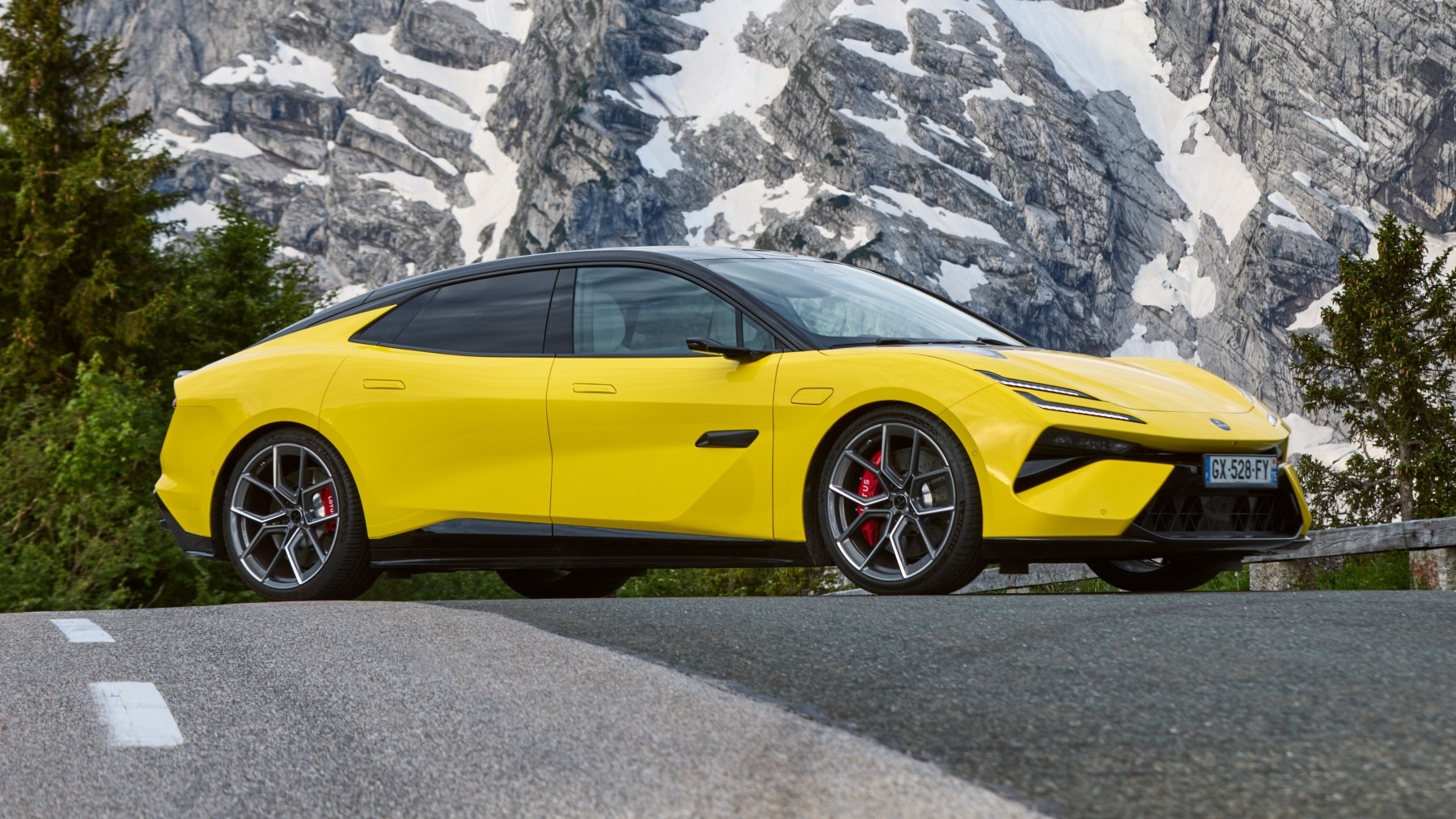
This adds an extra motor to the back axle to boost power to 905bhp and provide true torque vectoring, with the top speed pinned at 159mph and 0-62mph taking 2.8 seconds. It also adds active anti-roll bars to help prop it up in bends, and four-wheel steering for more agility at low speeds and stability at higher ones.
Stick to the Emeya and range is impressive at 379 miles, dropping to 336 on the S. Choose the R and this falls further to 270 miles. Lotus is claiming record-breaking charging times thanks to an 800v architecture that supports up to 400kW charging speeds on a 600-amp charger. The obligatory 10-80% rapid charge time is a mere 14 minutes at full whack, with a 350kW pump only adding a couple of minutes or so.
What about the interior?
If you’re familiar with the Lotus Eletre there are no surprises here. If you’re not, then prepare to be shocked. Then Emeya’s interior isn’t just luxurious, it gives similarly priced BMWs and Mercedes a bloody nose when it comes to quality and ambience, too.
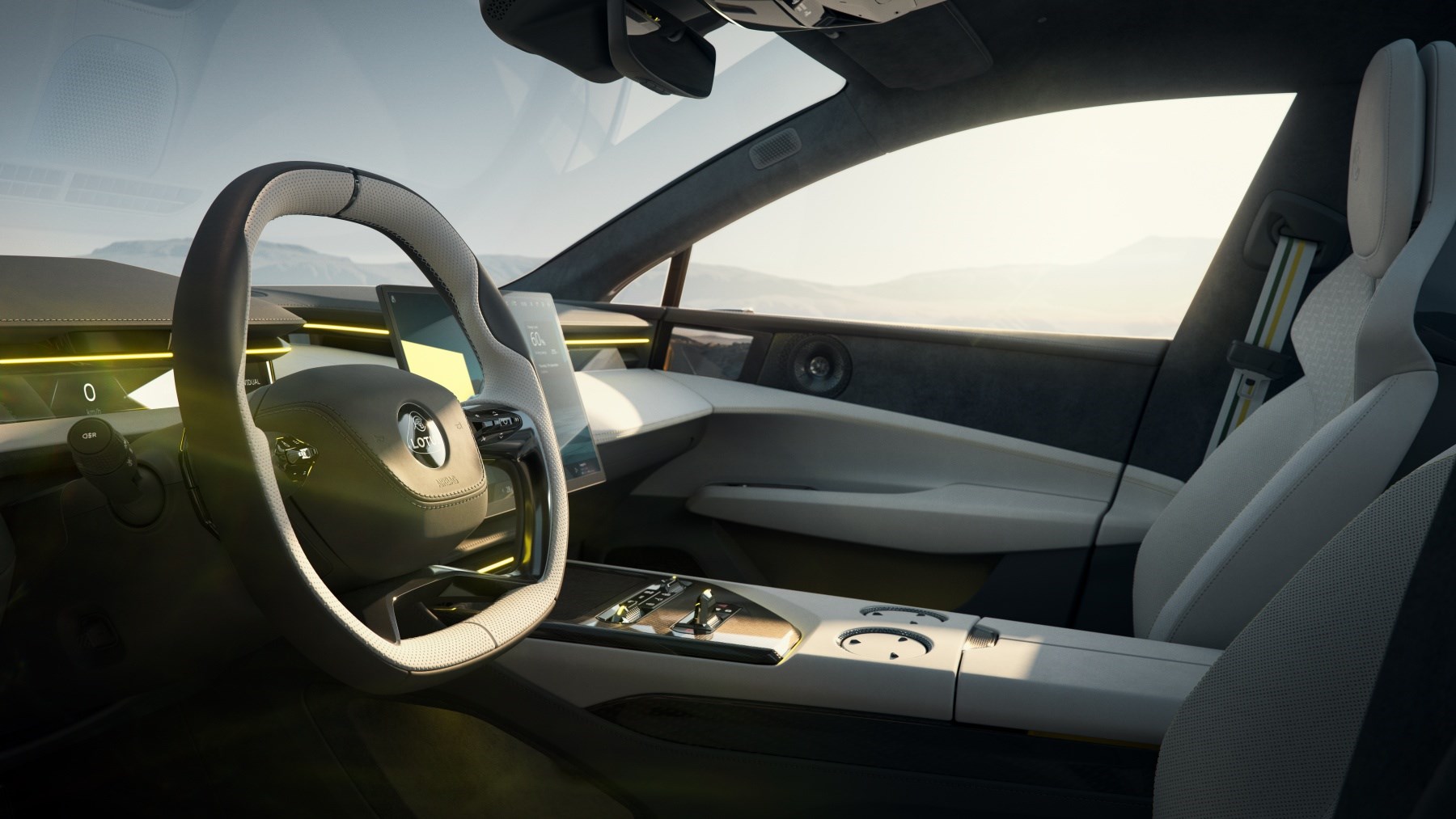
Now, our test cars were generously specced, but even a boggo base Emeya gets lots of supple Nappa leather, switches and buttons that work precisely and not a lot of visible plastic. Everything looks and feels solidly glued together, and the Comfort seats with ventilation and massage are just the ticket on a baking Bavarian day.
The boot is big, there’s a frunk for cables, and space inside is generous. There’s plentiful legroom even with a six-footer behind the wheel, meaning four lanky adults should be perfectly comfortable on a long journey. You might want to request front-seat passengers raise their seat a little, though; there’s not a lot of room to stick your feet under the front seats with them in their lowest position.
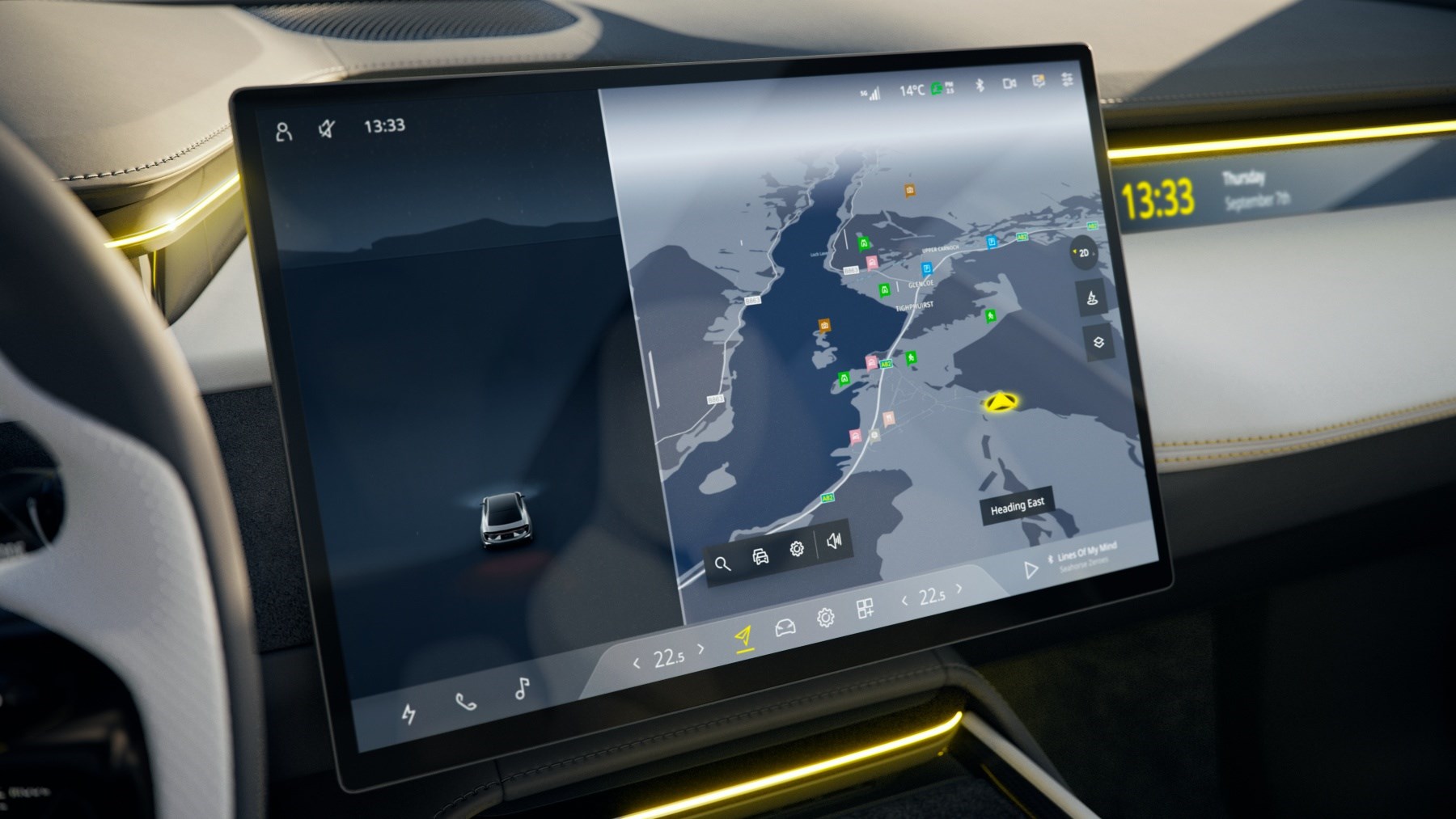
Headroom isn’t quite so good, but it compares well to the far less sleek BMW i5 and feels roomier than the 5139mm length would have you believe. You also avoid that car’s chunky transmission tunnel, instead getting a hump that’s only an inch or two high. I did find the rear seats were comfortable, although some may find there’s way too much lumbar support.
I certainly appreciated the tactile physical controls to change the interior temperature, set the fan to auto and a few other functions, but once again there is far too much going on in the touchscreen, and not quite enough shortcuts on screen.
Disabling the lane assist and speed limit warning is something best done when stationary, while icons in overly full menus are too small. Let’s hope an over-the-air update or two might tweak the layout slightly to improve usability, although we’ve no complaints regarding the responsiveness of the system and graphical richness.
How does it drive?
That greatly depends on what flavour of Emeya you’ve got under you. No base Emeya (Emeya L?) with 20-inch wheels and four-pot front brake calipers were available on Lotus’s two-day ‘Hyper Grand Tour’ launch event, leaving me with the S on optional 22s and beefier six-piston calipers, and the R on carbon ceramics an P Zero Rs.
After a brutally early start to the day, I was keen to start with the S, acclimatise, and then switch to the R. Instead, it was straight into the R just outside of Munich, with about five hours of driving to an overnight in the Austrian mountains. Great.
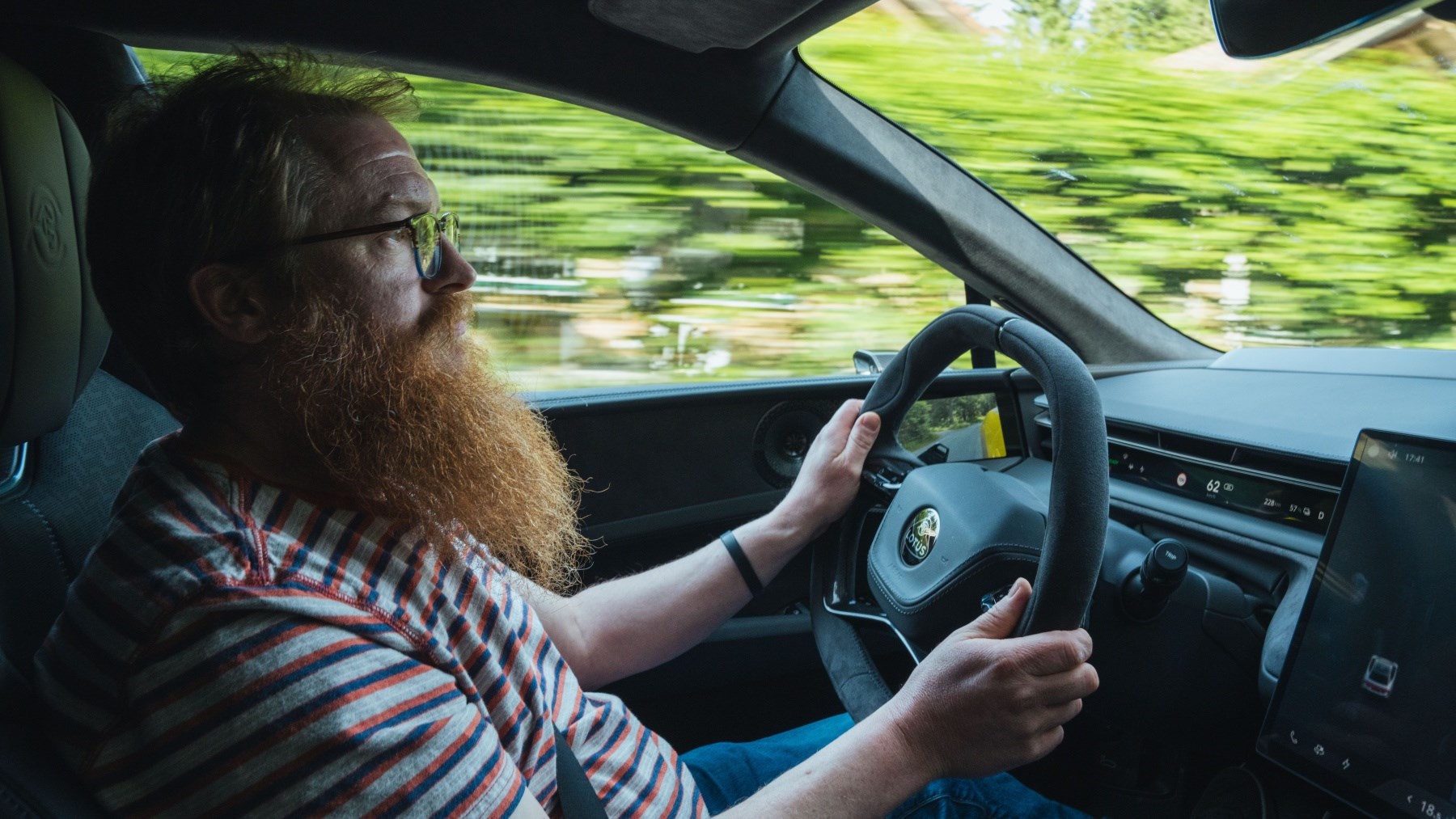
I needn’t have worried. Like the best EVs, the throttle is incredibly easy to modulate especially in default Tour mode, while the ride calms. It’s no Waftmatic 4000, yet it deals with vicious potholes gently and proves comfortable with a slight underlying firmness. Sport brings an appreciably tighter grip to excess body movements whilst Track is perhaps unsurprisingly too stiff for bumpier roads. That rules out 99.5% of the UK’s road network, then.
A tight sliproad leading onto a 120km/h stretch of autobahn finally gives me the opportunity to properly open the taps. Expletives are uttered, yet it feels noticeably slower than the Model S Plaid I’d experienced a few months back, the violence of its acceleration permanently searing itself into my brain.
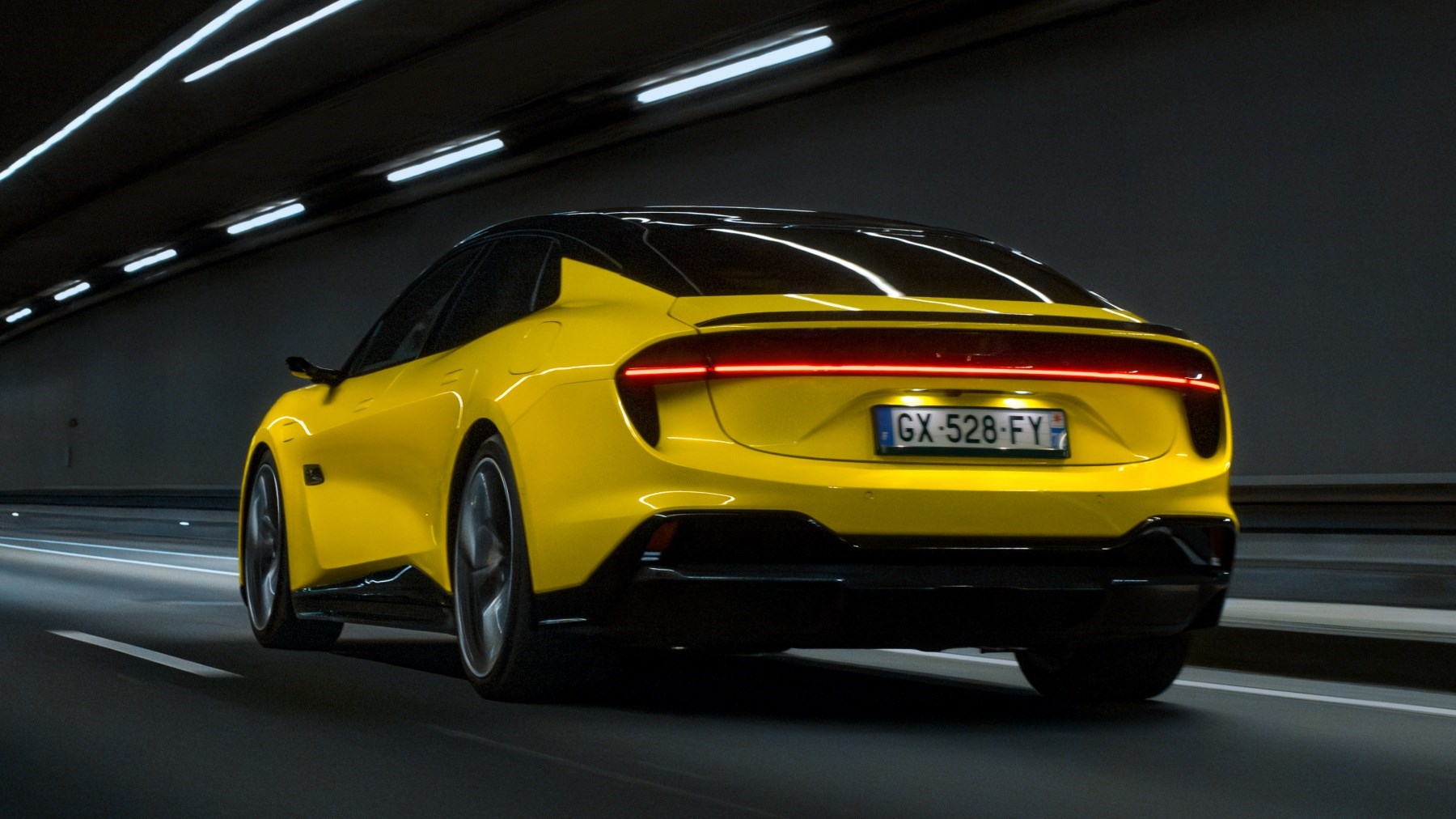
Maybe a spot of launch control will properly tear my beard off? Into Track I go, left foot hard on the brake, right matting the throttle, and….an error message. Apparently, the ESC also needs to come off, so after some more swearing (aimed at the infotainment this time), I find the menu, take a deep breath and switch it off.
So, brake, pause, full throttle, launch control active message, and sidestep brake. The first 20-30mph goes smoothly and very quickly, until I notice the steering wheel start to twist towards the other side of the road. Torque steer is both present and powerful, meaning you’ll need your wits about you if you’re trying to match the entirely believable sub-3.0 sec 0-62mph time.
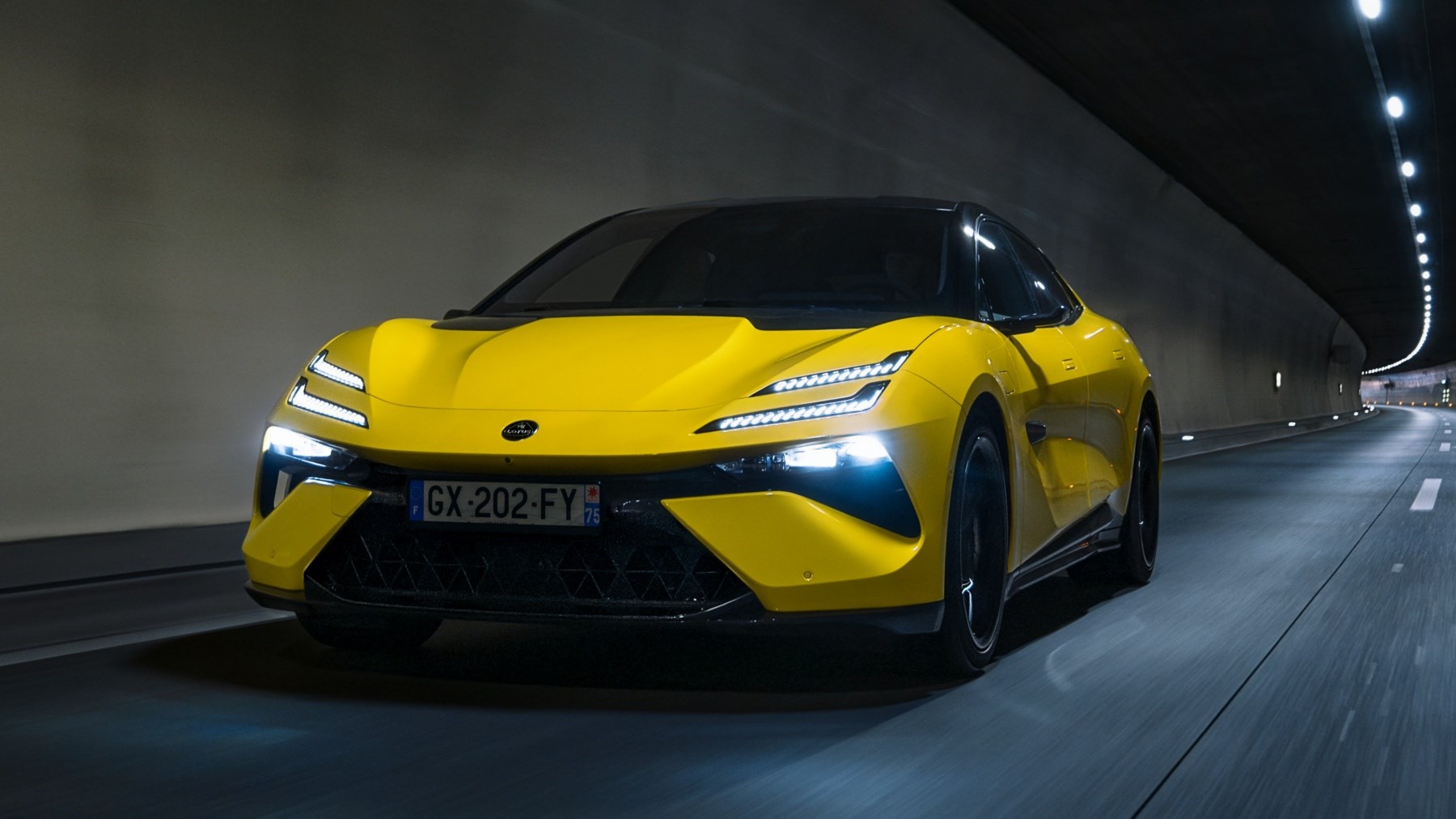
However, this isn’t a feelsome and involving car to drive quickly. The steering in both S and R is precise, well weighted, but not particularly communicative, and the handling balance is very neutral. Unlike the Taycan, Ioniq 5 N and an increasing number other hot EVs, you won’t find a mobile and playful back end here, whichever model, drive mode and ESC setting you’ve picked.
Before you buy
Save for some beefier six instead of four-piston brake calipers, bigger discs and 21-inch wheels needed to house them, there’s little to separate the entry-level Emeya from the S mechanically. You do get a few additional luxuries such as upgraded seats, some carbon trimming inside and a hands-free tailgate to justify the additional £10k of cost, though.
With the R, you’re mainly paying for all that extra power and the Dynamic Handling pack which includes the active anti-roll bars and four-wheel steering. You do also get the exterior carbon pack that’s optional on lesser Emeyas, although you’ll have to look closely to spot it.
Lotus Emeya: verdict
Let’s for a moment pretend the Emeya doesn’t have a Lotus badge. Looking at it from a cold, rational perspective, the Emeya is reasonably priced compared to rivals, has a comfortable ride, and a luxuriously spacious interior. The S’s range is good, and it handles very tidily, without any noticeable vices. In other words, it’s quite easy to recommend as a posh saloon with a bit of pace and poise.
However, it does have a Lotus badge which brings all sorts of expectations. If you expect the Emeya to be a ‘true’ Lotus and a Taycan beater, you will be disappointed. It lacks the feel and fun of a truly exceptional sports saloon, while the R is just a bit much. Perhaps a few over the air updates will cheer things up a little, but it shouldn’t take away from what a good luxury saloon this is.